We know in the 17th century there was hardly a tree around Banff, and Lord Fife – mostly the 2nd Earl Fife – planted large plantations in the late 18th century, proving that with the right care trees can flourish in Banffshire. However, in addition to the major plantations intended for commercial reasons and to provide building materials for the locals, James Duff also stocked the immediate surroundings of Duff House – what he called his “Pleasure Grounds”, from the original entrance (now in St Mary’s car park) all the way through to Bridge of Alvah. Today we benefit from his collection in what we call Wrack Woods.
By 1819, two of the many visitors, in this case Robert Southey the Poet Laureate who visited with his friend Robert Telford – the architect for the expansion of Banff Harbour – described Wrack Woods: “the trees are surprisingly fine, considering how near they grow to the North Sea.” In fact, just a few years earlier, it had been described that Duff House grounds contained every type of tree known in the UK.
A description of many of the trees in Duff House grounds was written a hundred years later, in 1919, by Allan Mahood. He lists many of the trees near to the main track through what used to be the Pleasure Grounds – but gifted by the Duke of Fife twelves years earlier for the recreation of the local residents.
There was a huge Ash tree near Collie Gate – opposite what is now known as Collie Lodge, today marked by an area of stone setts; reportedly used to hang a spy in 1746 by the army on the way to Culloden. There were many Elm trees, including the much rarer Wych Elm. Beech trees, normal and copper versions; Sycamore including a variegated version. Several Maple varieties including Norway and small leaved Maple. Lime, various species of Oak, a line of very tall white Poplars just near Collie Gate and more unusual balsam Poplar with golden leaves down near the river. Several of these trees have not been found in the woods today.
There are still plenty of Horse Chestnuts in the woods, but there used to be Sweet Chestnuts although reportedly the fruit never ripened. But there were also less usual trees: a Dwarf Elder (known as “Danewort”), Noble Fir, Cypress, Douglas Fir, Himalayan Cedar; the list goes on. There is even a Sequoia Gigantea – still there today near Bridge of Alvah.
There were also several trees known as “Lord Fife’s Mapples” – in fact what was known then as the Pyrus Aria, now the Sorbus Aria. This is the Whitebeam; the exact variety is not known, but to bear fruit that is compared to apples suggests it may have been what was at that time the new cultivar “Magnifica”, with extra white undersides of leaves as described, and with larger fruit.
Clearly the Duff House woods were a magnificent arboretum and truly Pleasure Grounds!
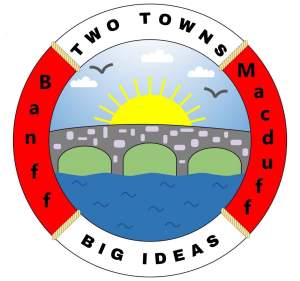
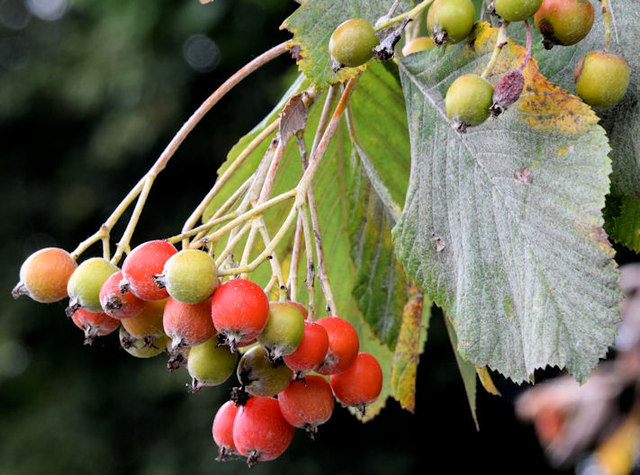
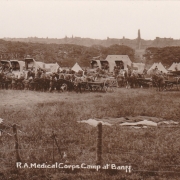
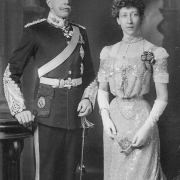

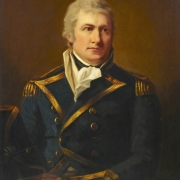
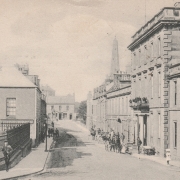
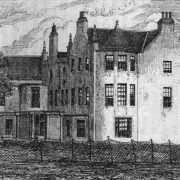

 BPHSMOB
BPHSMOB